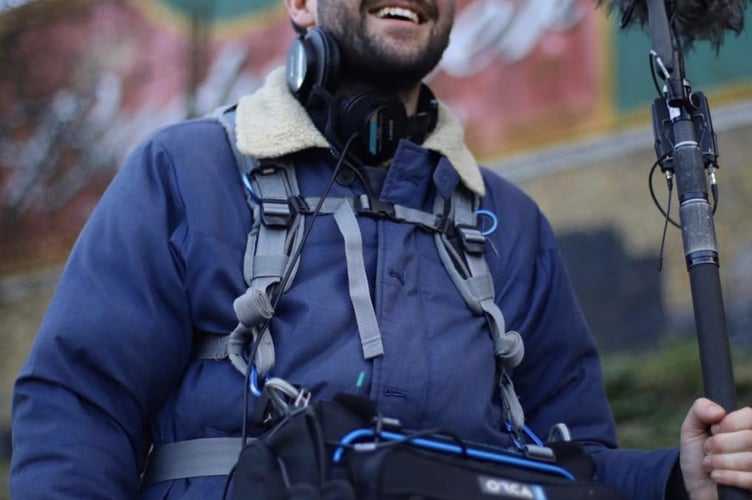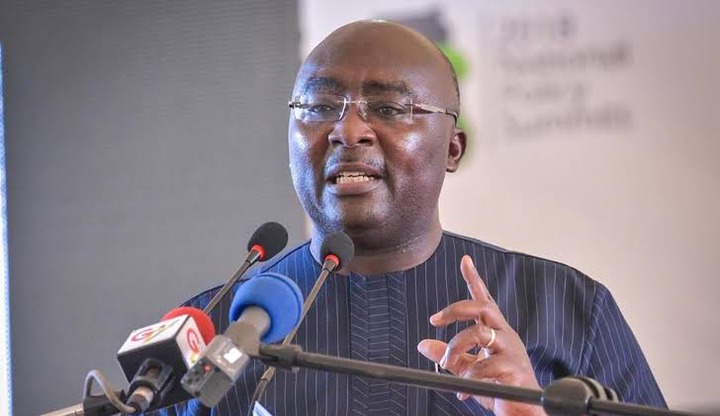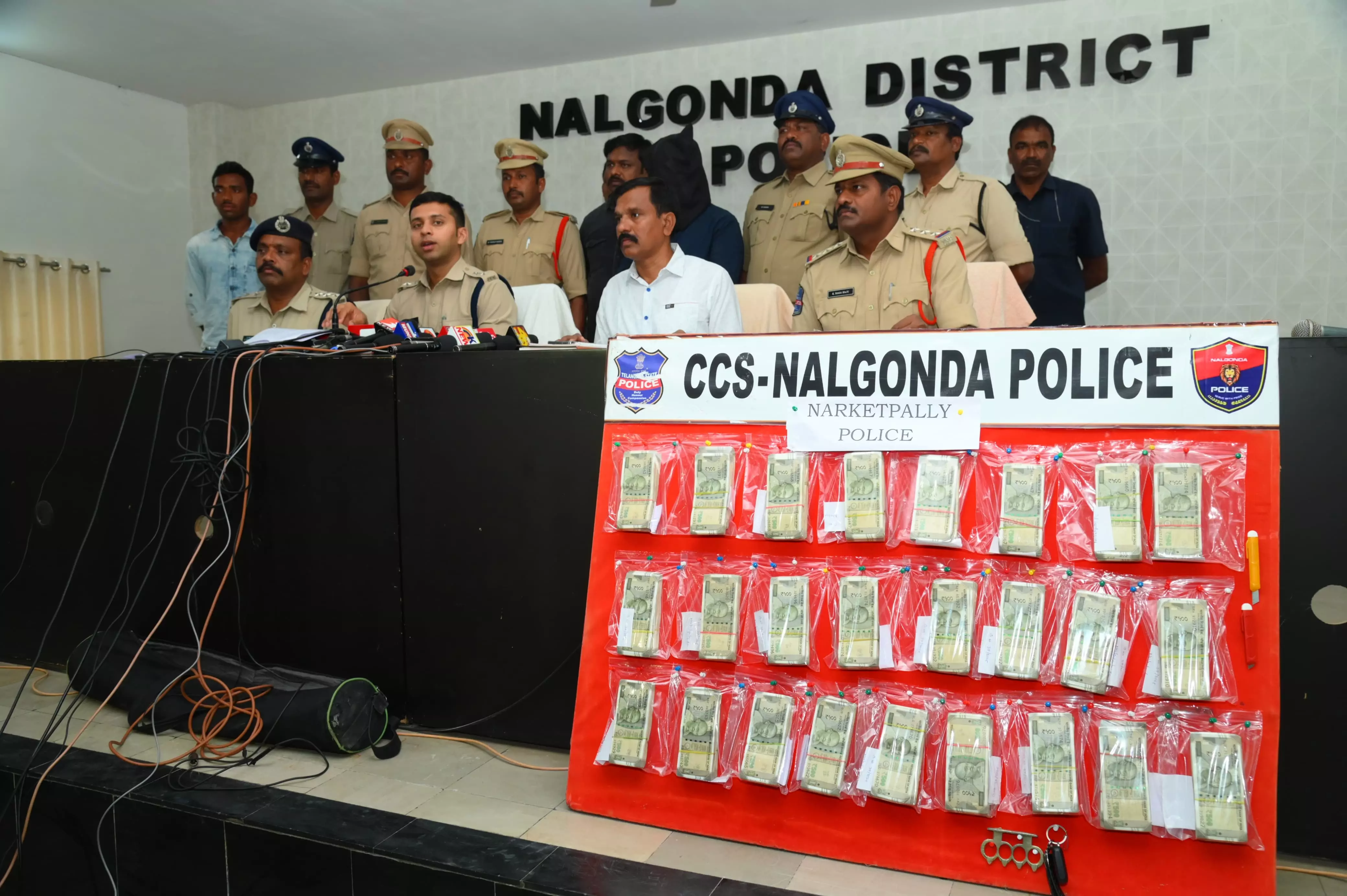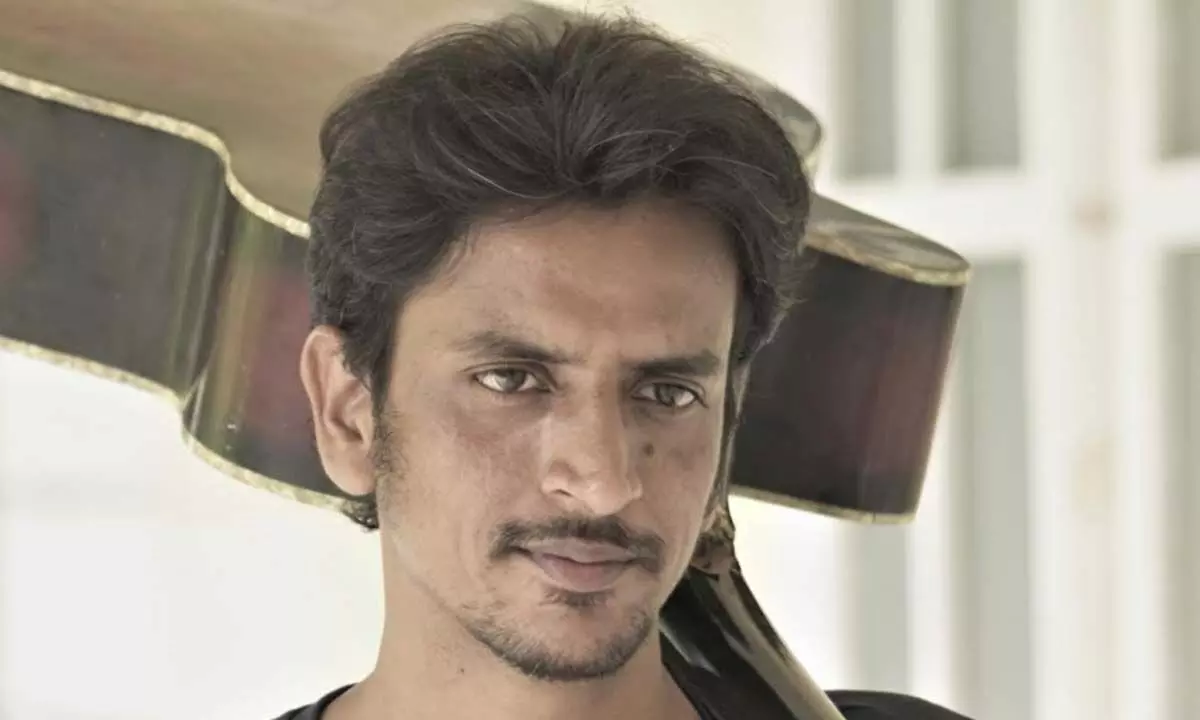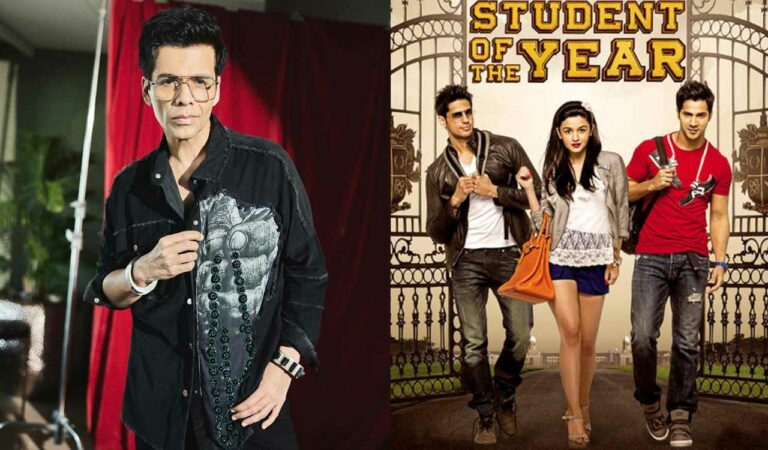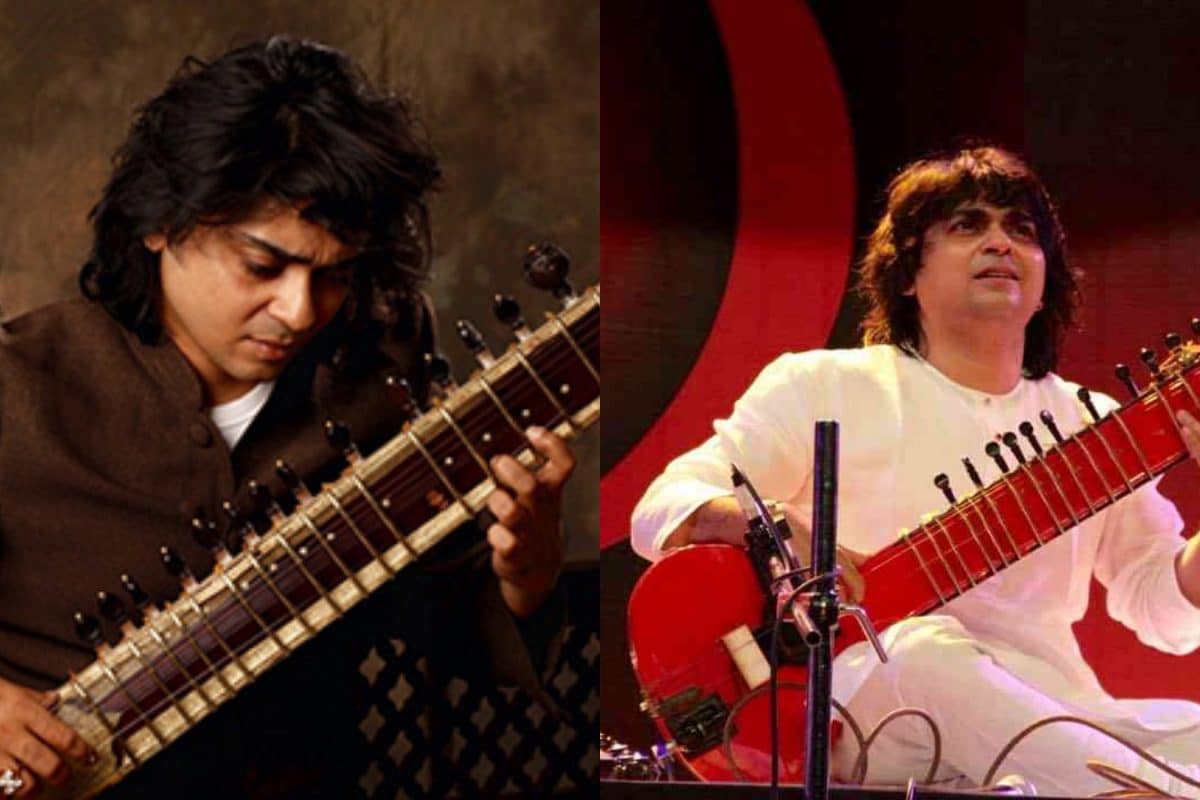
Niladri Kumar isn’t just a sitar maestro—he’s a visionary redefining the instrument for a new era. As he prepares for Lollapalooza 2025, he speaks about his groundbreaking invention, the Zitar, his journey from classical prodigy to fusion pioneer, and why spontaneity is the key to..
. Read More Niladri Kumar is no ordinary sitar maestro—he is a revolutionary force in Indian music. With a career that effortlessly bridges the depth of classical traditions and the pulse of contemporary experimentation, he has reshaped the way we perceive the sitar.

From his breathtaking mastery of ragas to his boundary-pushing invention, the Zitar, Niladri Kumar has continuously defied conventions, proving that tradition and innovation can not only coexist but thrive together. As Lollapalooza 2025 gears up to bring a spectacular lineup to India, Niladri Kumar’s presence at the festival is more than just a performance—it’s a statement. The sitar, an instrument deeply rooted in India’s heritage, is set to share the stage with some of the biggest global artists, reaffirming its place in the ever-evolving world of music.
For Niladri Kumar, this isn’t just about playing a set—it’s about creating an experience that leaves an imprint long after the festival ends. His live performances are known for their spontaneity, energy, and an almost spiritual connection with the audience. Whether he’s reinterpreting classical compositions or weaving his signature fusion sound with electronic elements, every performance is unique—no two renditions are ever the same.
With an innate ability to read the room and respond in real-time, Niladri Kumar ensures that his music is never just heard, but deeply felt. Beyond his live sets, his influence stretches far and wide—his Zitar has been an inseparable part of Bollywood classics, lending its hauntingly beautiful tones to songs like In Dino and Alvida. His collaborations with some of the biggest names in the industry, from Pritam to Imtiaz Ali, showcase his versatility, proving that an ancient instrument can hold its own in modern soundscapes.
In this exclusive interview with News18 Showsha, Niladri Kumar takes us through his journey—his early struggles to break free from traditional expectations, the moment he realized he needed to create the Zitar, and his thoughts on the ever-changing landscape of Indian music. As he prepares to take the stage at Lollapalooza 2025, he gives us a glimpse into what’s in store, his philosophy on fusion, and why spontaneity is at the heart of his art. Here are the excerpts: Lollapalooza is just around the corner! First of all, how excited are you to bring your magic on the sitar to this year’s edition? And can you give us a little sneak peek into what you have planned for the audience? Well, I don’t think anyone can not be excited about Lollapalooza! The festival has this incredible energy—it builds anticipation in a way that’s so unique.
Since artists aren’t allowed to perform in the same city for six months leading up to the festival, it creates this heightened sense of excitement, both for the musicians and the audience. Beyond that, Lollapalooza, ever since it arrived in India, has been drawing such a diverse and unique crowd. Unlike standalone concerts where fans come for a specific artist, this festival brings together a blend of listeners across genres and age groups, creating a shared musical experience.
That’s rare. I truly admire what the festival is doing, and I hope it continues to grow. As for my set, I’m really looking forward to playing and connecting with the audience in a way that leaves a lasting impact.
That’s always the goal—to create a moment that stays with people. How do you usually tailor your live sets? Are there specific factors you consider, or do you follow a structured framework? Not at all! In fact, I probably shouldn’t be saying this, but just last night, I was playing at the Patiala Heritage Festival, and I had a set in mind. But right before going on stage, I changed everything.
That’s the beauty of this music—it allows for spontaneity. In most band-driven genres, where you have structured setlists, backing tracks, and pre-arranged elements, you don’t get that freedom. But in my style of music, the musicians you collaborate with are crucial.
They shape the dynamic of each performance, and that’s where improvisation comes in. I might play the same piece 5, 10, even 25 times, but every rendition is slightly different. And in the right setting, those subtle differences can become something truly special.
It’s about reading the room, feeling the audience’s energy, and letting the music evolve in the moment. Unlike performances that stick rigidly to a script—where you have a song, lyrics, and a fixed arrangement—this style of playing is fluid. You never quite know what will happen, and that’s what makes it exciting.
Your signature sitar style is known for its agility and dynamism. How did you develop this unique approach? And in the early stages of your career, did you ever feel confined by the limitations of traditional sitar playing? Wow, that’s a big question! I feel like we could write an entire book on this, but let me try to condense it into a few thoughts. There have been so many great masters of the sitar before me, and without their virtuosity and contributions to the art form, musicians of my generation—including myself—might not even be in this field today.
Sometimes, we focus too much on our own journey without realizing how much it is shaped by those who came before us. My path in music was set largely by my father, who comes from a deeply rooted musical lineage. When you grow up in that kind of environment, you spend years striving to emulate the greats—to walk in their footsteps, to capture their style, to carry forward their legacy.
But at some point, you realize something profound: you can’t be them. No matter how much you try, you’ll never be a replica of a past master. And in that realization, you start to forge your own identity.
That’s how my style developed. I started with deep admiration for the legends, but over time, my own voice on the sitar naturally emerged. You begin by imitating, and before you know it, you’ve created something that is entirely your own.
Your groundbreaking invention, the Zitar, has made waves not just in India but around the world. You once mentioned that your love for rock music played a big role in its creation. Can you recall the eureka moment when you realized, Yes, I need to create this instrument? It was actually quite simple.
The seed was planted when I was around 15 or 16, during my college days in Mumbai. I used to attend festivals like IIT Bombay’s Mood Indigo, Malhar, Kaleidoscope, and other college music events. At that age, you’re in a very formative stage—just stepping out of school, absorbing new influences, and questioning the world around you.
I’d watch these rock bands perform, and often, even an average guitar player could command a wild reaction from the crowd—especially from the girls! Meanwhile, in Indian classical music, we’d play intricate, deeply expressive phrases for an hour, and maybe 10 people in the audience would nod in appreciation. I realized it was two things—first, the sound itself, particularly the way the guitar projected its tone and energy. Second, the lifestyle that came with it—the rebellious, effortless cool of rock musicians.
That entire image was magnetic. I thought, If I could blend that sound with the intricate melodies and emotional depth of Indian classical music, maybe it would resonate with a wider audience in a way they hadn’t experienced before. That was the initial idea, but it took over a decade—until I was around 25 or 26—for it to fully materialize into the Zitar.
It was a long journey, but at the time, I didn’t even realize it was a journey. It just evolved naturally. What was the reaction from the Indian classical music community when you introduced the Zitar? Oh, the reaction? Let’s just say, predictable.
Forget the broader classical music world—my own father was skeptical. Luckily, I had already moved out and was living independently, which made it easier to experiment freely. If I had still been at home, it would have been much harder to pursue this idea.
But the response from the classical community was in line with what happens every time something new comes along—it was met with resistance. That’s just how tradition works. Whenever there’s a shift in form, sound, or presentation, there’s always pushback.
However, that opposition also meant something important—it meant I had created a dent. When something challenges the status quo and sparks debate, it signals that a shift is happening. But beyond the criticism, the overwhelming enthusiasm from listeners far outweighed any skepticism.
Audiences connected with it almost instantly, which reassured me that I was on the right path. That energy kept me going. The Zitar has been an inseparable part of some of Bollywood’s most iconic songs.
I can’t imagine tracks like In Dino, Alvida, or Desi Boyz without it. How did the Zitar catch Pritam’s attention, and what was it like bringing your individuality into mainstream Bollywood music? You’re absolutely right—Pritam played a huge role in popularizing the Zitar in Bollywood. But in the beginning, most music directors weren’t even aware of this instrument.
I had been playing for films since I was 18 or 19, and when I introduced the Zitar, I wasn’t sure where or how it would fit. So, I started taking it into studios without any set plan. One of the first times I used it was in a very subtle way, on my own independent album.
But during film recordings, whenever I heard a song that I felt could benefit from this sound, I would just try it out. For everyone in the studio—music directors, sound engineers, arrangers—it was completely new. They had never heard this sound before.
The first major film song where I recorded with the Zitar was for Gangster. But here’s the interesting part—when musicians tried to recreate that sound on a guitar later, they realized, Wait, this isn’t a guitar. What is this instrument? That curiosity started spreading.
At that point, I hadn’t even named it the Zitar yet. I was just playing it as an experiment. But as more and more musicians and composers became intrigued by its sound, everything slowly fell into place.
Speaking of Bollywood, you composed five incredible songs for Laila Majnu, which truly form the soul of the film. But I specifically wanted to talk about Ahista and Tum. These two tracks sound similar in many ways, yet they have distinct identities.
How did you create these two gems, and what was it like working with Atif Aslam? I have to say, not many people catch that! You’re absolutely right—Ahista and Tum are actually derived from the same song. They share the same melodic foundation but have different harmonic variations. Originally, Tum was the first song I composed for Laila Majnu.
But as we worked on the film, we realized it didn’t quite fit the space where a melancholic romantic track was needed. It didn’t align with the film’s narrative at that particular moment. Since I was already so deeply connected to the composition of Tum, I thought, Why not reshape it into something else? And from there, Ahista was born.
Later, thanks to director Sajid Ali and the entire team, Tum found its place back in the film as well. It’s funny how things work out—you don’t plan these moments, but somehow, destiny makes them happen. Both songs ended up becoming integral to the film’s emotional journey, and I’m incredibly grateful for that.
You also collaborated with Imtiaz Ali on Dr. Arora, which gave us the stunning track Mehram. How did that collaboration come about? Working with Imtiaz sir has always been special.
He has an incredible ear for music and a deep understanding of how it shapes storytelling. Imtiaz sir has worked with two musical giants—A.R.
Rahman and Pritam—both of whom have completely transformed the landscape of Hindi film music. So when I got the opportunity to compose for Dr. Arora, it was a big moment for me.
I remember at the launch event for the soundtrack, Imtiaz sir came up to me and said, Thank you for giving me this gem. That meant the world to me. I truly believe Mehram is a beautiful song, but unfortunately, it didn’t get the recognition it deserved.
Most people who discover it now have the same reaction: How did I miss this song?! That’s both a compliment and a bit of heartbreak as a composer. But good music always finds its way to the right ears, sooner or later. Fusion in music is both celebrated and criticized.
How do you draw the line between meaningful innovation and just blending sounds for the sake of it? That’s a great question. True fusion happens when you blend sounds with intent—when you feel deeply about a certain combination of musical styles and want to express something specific. It should be driven by genuine artistic vision, not just because fusion is trendy.
Unfortunately, many people jump on the fusion bandwagon simply because it seems to work commercially. But if your primary motivation is just to mix elements for novelty’s sake, the music won’t have depth—it won’t resonate. Interestingly, if you look back, the concept of fusion existed long before we even started calling it that.
In Indian cinema, film music from the 1960s was already fusing diverse styles—bringing together Western instruments, folk melodies, and classical ragas into a single song. So, while we often think we’re creating something brand new, we’re really just revisiting what has already been done—just in a different way. The key is to do it with honesty and intention, rather than just chasing trends.
Modern sitar players are using the instrument to convey a wide range of emotions—whether it’s Rishabh Sharma’s Sitar for Mental Health or Anoushka Shankar’s atmospheric and minimalist approach. How do you view their contributions to the sitar’s legacy? I believe every contribution—big or small—adds to the instrument’s journey. Whether it’s an established artist or someone experimenting with new sounds, any effort to expand the reach of the sitar is valuable.
However, what truly defines a lasting contribution is commitment. Many great musicians who have pushed boundaries in the past have done so with unwavering dedication—they followed their artistic path to the very end. The real question is whether the contribution is musical or just an attempt to carve out an identity.
True artistic evolution isn’t seasonal—it’s something you pursue relentlessly, regardless of trends. It’s been a while since you released a solo album. Do you have any plans to create one soon? That’s a great question! Creating an album is always an amazing journey, but with how the music industry works today, releasing full albums has become a challenge.
Singles have become the norm, and most people will tell you, Why don’t you just drop a single instead? That being said, I do want to work on a full album. I’ve been sitting on a few collaborations for over a year now, waiting for the right time to release them. The delay has been on my part—I haven’t delivered my side of things yet.
But once I wrap up those collaborations, I think it’ll be time to finally put an album out there. It’s something I genuinely want to do, and I hope to make it happen soon..



